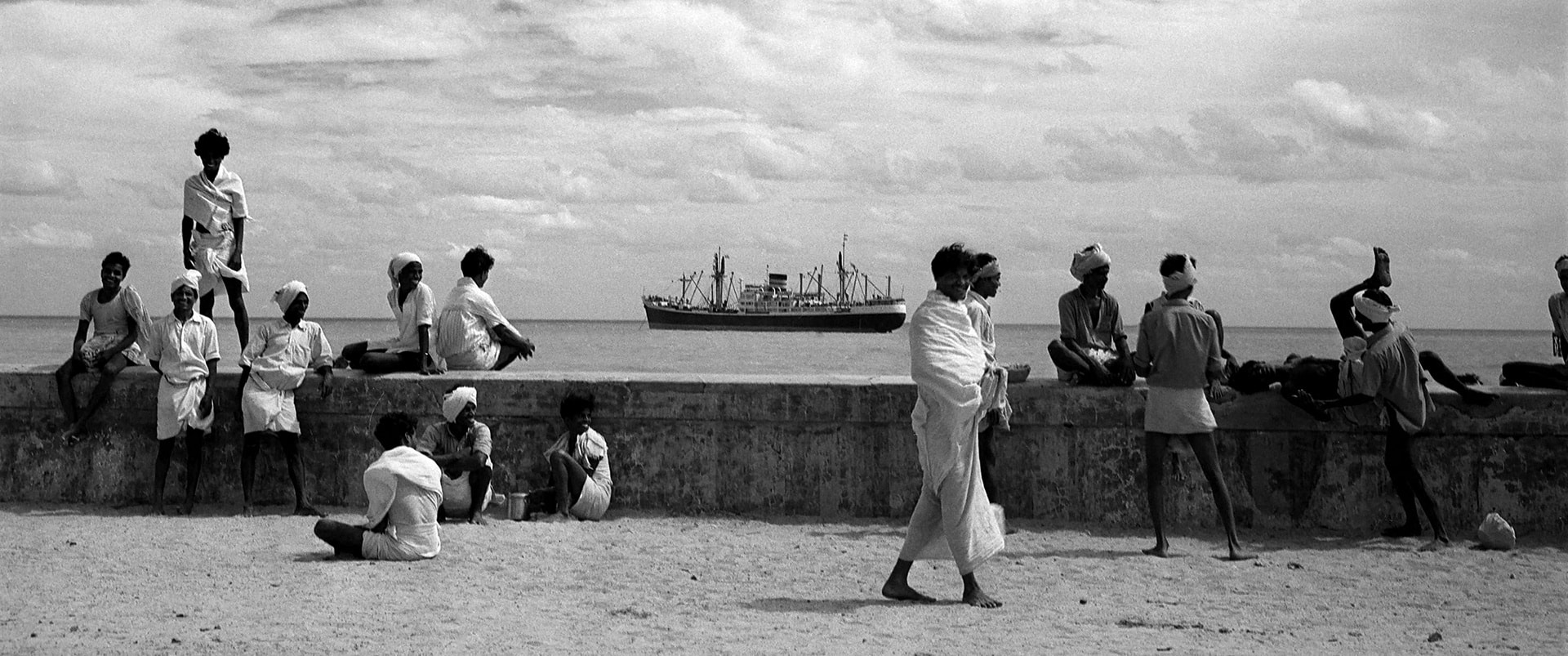While journalists and publishers are familiar with the Roger-Viollet Agency, a new exhibition now allows everyone to learn that Hélène Roger-Viollet, the woman who founded the agency 83 years ago, was also a photographer. She had set out to document the world.

You’re getting blind.
Don’t miss the best of visual arts. Subscribe for $9 per month or $108 $90 per year.
Already suscribed ?



